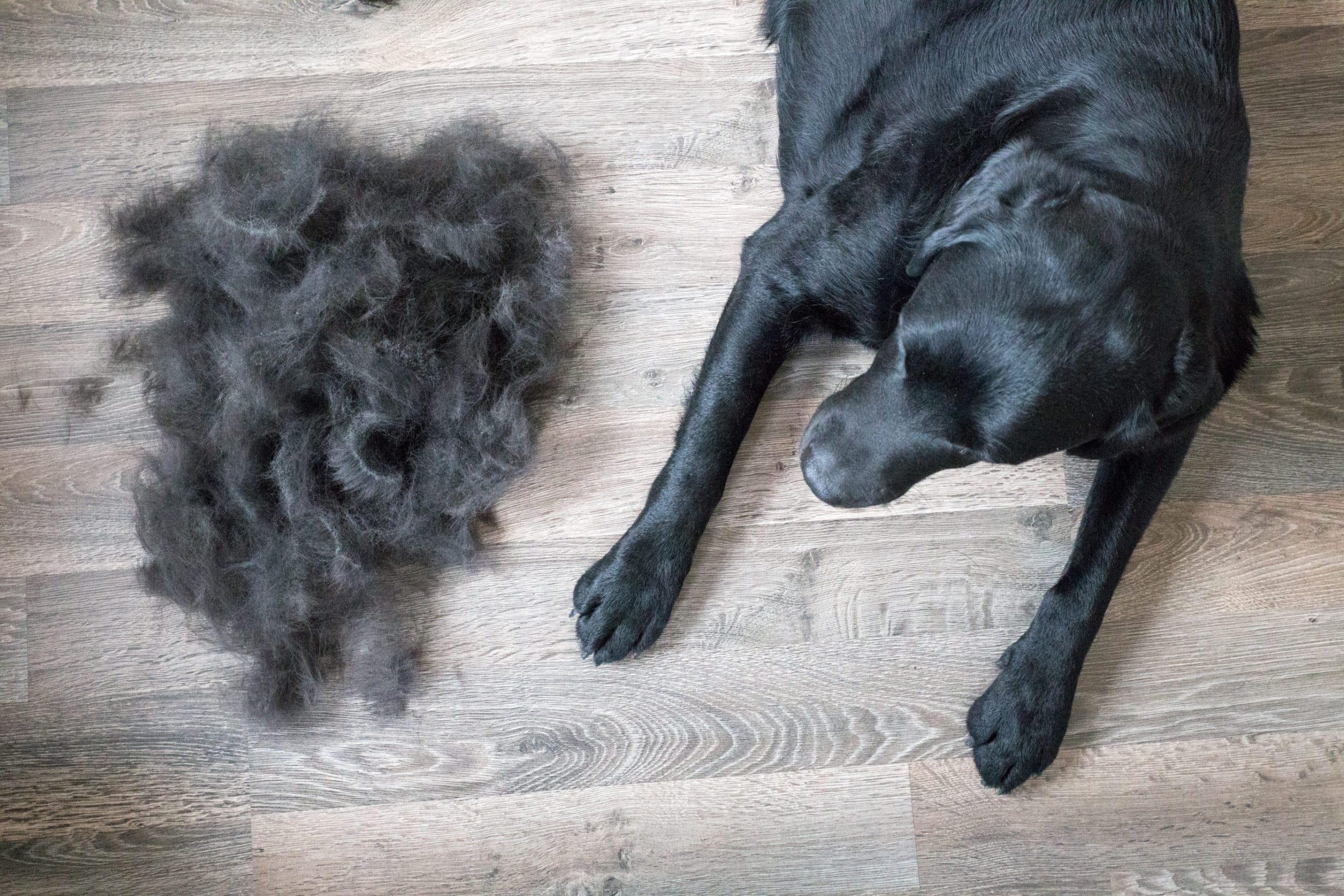You and your cat both know she needs to take her medicine, but neither of you is too thrilled about the process that’s about to occur. The best method of how to give a cat a pill depends on her temperament.
There are a few different strategies, so don’t despair — you’re a great pet parent or pet sitter and you’ve got this covered:
- If He’ll Let You, Just Slip Him the Pill
If your kitty is very docile, you need only to hold his cheeks and tip his nose upward; he will open his mouth. With your other hand, place the pill near the back of his tongue, close his mouth and wait for him to swallow the medicine. Few cats will actually accept a pill as easily as this. Don’t worry though — there are other methods for less chill kitties.
- If She Resists, Ply Her With Snacks
Some cats will readily accept a pill if you trick the cat by hiding the pill in a tasty cat treat. You can find cat treats that are soft and hollow in the center. Insert the pill in the center and press the opening together. N. Caye Burnette, a veterinary technician, advises you to “call your cat to you and have the ‘treat’ containing the pill, plus an additional treat, in your hand.Give your feline friend the one with the pill inside and quickly follow it with the second treat.” Some cats will fall for this although some cats are just too smart (or just not that hungry).
- If He Doesn’t Take the Bait, Grind It Up
If your little furry friend doesn’t like taking pills, you can grind it into a powder. Place the pill in a zipper bag and crush it — then the trickery begins again. Put a small amount of your cat’s favorite treat in a bowl. Use something with a strong scent such as tuna fish or canned cat food to hide any scent of the pill.According to Burnette, “You can use any type of cat food or human food as long as it won’t make your cat sick. Avoid foods containing onions, garlic, chocolate or lactose.” Mix the powdered pill thoroughly into the food and give it to your cat. Use only about a tablespoon or so of the food so your furry friend eats the entire contents containing the medication.
- If All Else Fails … Make a Cat Burrito
If your cat tends to scratch or bite and you are giving the pill to him by hand, make a cat burrito. Burnette suggests wrapping your cat in a blanket so only his head is uncovered. She recommends that you then “place the pill in the open end of a commercial pill popper. Lift your cat’s head upward while holding her cheeks, insert the pill popper on one side of the mouth where there are no teeth.Direct the pill popper toward the back, center of the mouth and depress the plunger. Remove the pill popper and immediately hold your cat’s mouth closed so she will swallow. You can stroke your kitty’s throat to encourage swallowing.” Watch your cat with his mouth closed to make certain the pill is swallowed. You will know when your feline friend swallows the medication because she will lick her nose.
Burnett states, “The most important aspect is to always rinse your cat’s mouth with water from a syringe after pilling because felines do not have the same swallowing mechanisms as humans, and pills that become stuck in the esophagus can cause ulcers.”
It’s best to use the path of least resistance when figuring out how to give a cat a pill and you must try to stay calm in the process. Try to give your furry friend the medication quickly so the process will be less daunting in the future.
Wondering if your cat is OK? Read Do You Have a Sick Cat? 11 Signs It’s Time for a Trip to the Vet to make sure.
Mary Lougee specializes in pet articles with publications in “Modern Dog,” “Pet Planet,” “eHow Pets,” “Daily Puppy,” “Paw Nation-Animals,” “The Nest Pets,” and “Winged Media.” Lougee gained extensive pet knowledge and expertise in care and rehabilitation, built a farm, and cares for rescue animals from small to large.
* This article is for general informational purposes only. It is not intended nor implied to be providing medical advice and is not a substitute for such advice. The reader should always consult a health care provider concerning any medical condition or treatment plan. Neither Care.com nor the author assumes any responsibility or liability with respect to use of any information contained herein.






